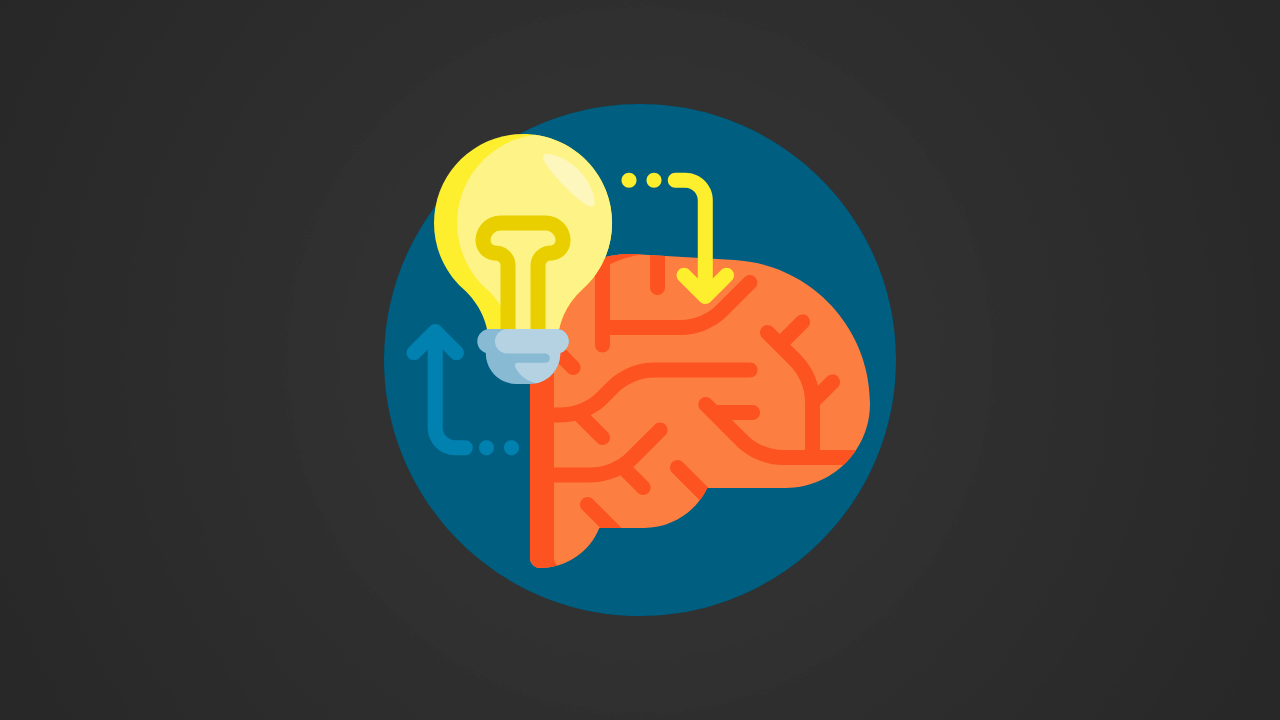 “Statistics is now the sexiest job around,” said Dr. Hans Rosling, a renowned professor, through a BBC documentary that featured him back in 2011. Then shortly after, Nathaniel Silver, a famous American statistician, paraphrased it and stated that data science is simply a sexy name for statistics.
“Statistics is now the sexiest job around,” said Dr. Hans Rosling, a renowned professor, through a BBC documentary that featured him back in 2011. Then shortly after, Nathaniel Silver, a famous American statistician, paraphrased it and stated that data science is simply a sexy name for statistics.
A year later, in 2012, Harvard Business Review dropped yet another bomb. They voted data scientist as “The Sexiest Job of the 21st Century”. Since then, the term “data science” has grown into a buzzword that’s now common in all digital fields.
As a matter of fact, it’s frequently used interchangeably to refer to not only statistics, but also predictive modeling, business intelligence, data engineering, and data analytics.
Well, that might sound just right at first. But, the problem is, while data science draws a bit from each of these concepts, it’s a completely different thing altogether.
So, let’s separate facts from fancy. What exactly is data science? And most importantly, how can you learn it if you want to join the league of the sexiest?
Contents
What is Data Science?
Quite simply, data science is the field that essentially identifies, extracts, and represents meaningful insights from sources of data. The professionals involved combine hacking, math, and domain expertise to generate valuable information.
Fair enough. And how do they actually achieve this?
Well, the whole process principally begins with data exploration. Queries are posed to data scientists, who subsequently act as investigators seeking to draw inferences, trends, behaviors, characteristics, and patterns from complex granular data.
The goal here is to dive deep into the data framework to come up with understandable conclusions and insights. In other words, think of it as a bridge between raw, meaningless data and valuable, actionable information.
Why is Data Science So Valuable?
Ok, let’s take a step back and review a couple of products.
How do you think Youtube, for instance, manages to compel its users to watch 5 billion videos each day?
Come to think of it, Youtube admittedly has a solid marketing system. And that pretty much sheds light on how the platform continues to pull in numerous subscribers. But, interestingly, it doesn’t necessarily explain why we always end up watching multiple videos in each session.
Now, the secret is pretty simple- data science. To compel you to keep clicking, YouTube and the likes of Netflix rely on a well-structured data mining framework to make irresistible video recommendations.
Their machine learning engines essentially take advantage of data science approaches to mine for insights from general viewing patterns. This is then used to generate intelligence about user interest, which is ultimately leveraged for decision-making.
And speaking of decisions, data science is also used across a wide range of industries to inform critical processes. Both small and large businesses consistently capitalize on its qualitative and quantitative methods to make smarter decisions.
How Much Do Data Scientists Get Paid?
Before we even get to that, let’s get one thing perfectly clear. Although they are multi-skilled professionals, data scientists do not work alone. Their role is complemented by several other specialists, who work hand in hand to form a comprehensive data management stack.
At the base, we have data engineers. They set the foundation and make data easy to access. Data analysts, on the other hand, handle the day-to-day operational challenges, plus build base-level knowledge of how their companies run. Scientists then complete the data pipeline by working on specialized problems that typically require experimentation and extensive studies.
When it comes to compensation, you can bet that salaries for these positions vary based on their respective duties and liabilities. The average annual base pay for data scientists, for example, is $117,345. Their data analyst counterparts, conversely, earn an average base pay of $67,377 per year- while data engineers take home about $116, 591.
How Can You Learn Data Science From Scratch?
Thankfully, there are several ways to learn and sharpen your data science skills.
For starters, you can capitalize on free options like:
- Youtube
- Blogs- like this one.
- Free courses from platforms like FTD Academy.
- Free tutorials from sites like Tutorials Point
- Community sites like Data.world
Although these are fairly informative, they are not particularly structured to deliver full programs in a systematic manner. If you need comprehensive training, therefore, you’d be better off on paid platforms like:
- Pluralsight– For hardcore developer training.
- LinkedIn Learning – It provides a broad base of helpful topics.
- Data Camp– It offers both free and paid programs.
Do You Need A College Degree?
Now, get this- fortunately not. You don’t need a college degree at all. Fact is, you can learn the concepts and work as a scientist without ever stepping into an actual college.
But, how’s that possible?
You see, I've not only spoken with many leaders in the industry, but I’m also a former hiring manager. I’d say we prioritize on what you can actually do over your corresponding background.
And you know what? Perhaps unsurprisingly, some of the best employees I've had the pleasure of mentoring were simply passionate about the data science subject, plus playing with data. As long as you possess that, you can be certain that no technical hurdles will be able to stop you from succeeding.